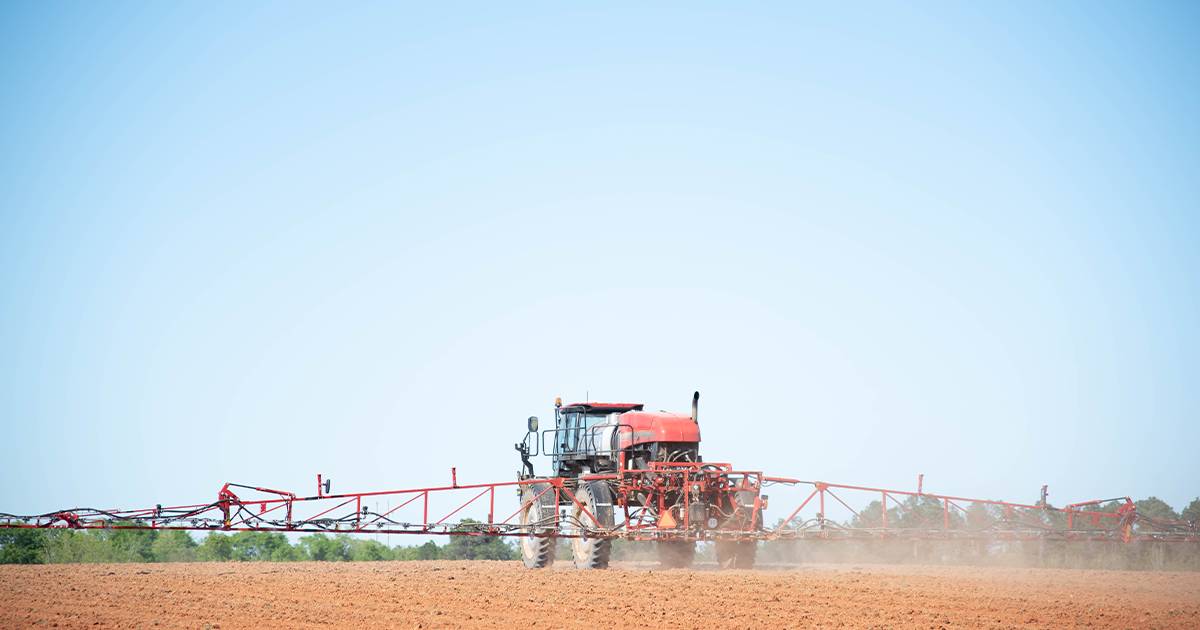Athens, GA
With the rise of input costs, challenges with labor, and many other issues that arise, farmers and producers are looking for ways to be as efficient as possible on the farm. To help with that, the University of Georgia created the Institute for Integrative Precision Agriculture and recently gathered researchers, industry professionals, and producers together to begin working towards solutions for those issues.
“A year ago, the University of Georgia created the Institute of Integrative Precision Agriculture. We have fifty-six members, and we hope to get them integrated with our farmers and our industry people, to be able to solve the pressing and current problems that we have. So, this is a forum to exchange ideas, to form teams, and start working on these problems,” says George Vellidis, a professor at UGA.
During the conference, attendees got the chance to hear from several speakers, one of which was Jessica Kirk, who helps run her family’s farm in Tifton. Kirk spoke about the need for innovation and how it could help them on their farm.
“We are a diversified farming operation. We grow about 6500 acres of produce year-round. Everything from watermelons and cantaloups to fifteen different varieties of specialty peppers. We have a greenhouse operation where we grow around 275 to 280 million, transplants that we ship out all over the United States and then we have a pine seedling operation where we go about 90 million pine tree seedlings,” says Jessica Kirk, Vice-President of Food Safety at Lewis Taylor Farms.
Kirk says one of their biggest challenges on the farm is labor, as most of the work they do has to be done by hand due to technology and machinery not being advanced enough.
“Everything we do from transplanting that product from our greenhouse into the field to the harvesting process which goes from our field, into our packing facility, all of that is done by hand. It can’t be done with machinery that we currently have, the technology has not made it to where we need it to be um, for produce, because the standards that grocery stores have, um, will not allow for things that are harvested with machinery to come in. It damages the product too much, so in the end, you end up losing product instead of getting into market.
According to Kirk, the issue that comes with so much manual labor and the reason they’d like to see innovation, is the cost of that labor, as wages have increased drastically; this year by fifteen percent alone.
“With the cost of workers, the H-2A workers we bring in rising so tremendously over this past year, about fifteen percent, anyway that we can use in the field from planting, putting those transplants in the ground, laying plastic, to um, in our greenhouse operations where we have, um, all of our trays where we have to sanitize them, where we’re using our machinery to make sure everything is planted properly into those trays to put into our greenhouses, all of those are bringing in, you know, more people and it costs more money, so anyway we can lower those costs, by adding innovation, by adding other systems that can do it much more quickly and maybe with less people would be a win-win for us.
By: John Holcomb

